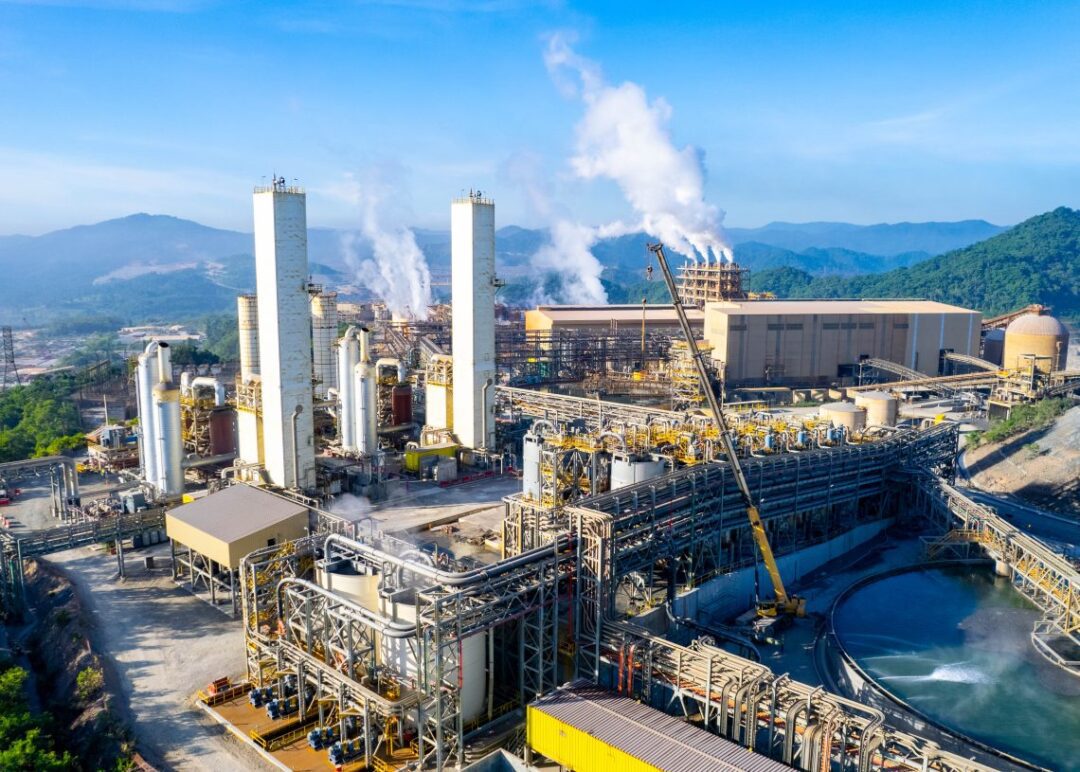Santo Domingo – Barrick Pueblo Viejo is advancing the construction of a new tailings dam, incorporating a downstream design that prioritizes structural integrity and environmental safety. The initiative marks a critical step in extending the mine’s operational lifespan while adhering to international best practices.
Geologist Osiris de León underscored the project’s emphasis on long-term stability over cost-efficiency. He noted that the dam is built to endure extreme natural events, including earthquakes and hurricanes, with structural standards that exceed global norms. “This is not a matter of saving money—it’s about ensuring resilience for decades to come,” he said.
Engineer José Luis Recio explained that the new structure will store mining byproducts such as sand and clay, enabling the mine to operate well beyond the current 2030 limit set by the El Llagal dam. The new facility is projected to remain functional until at least 2045, ensuring continuity of operations while minimizing environmental risks.
Recio emphasized that the dam is designed to prevent the leakage of contaminants such as arsenic into surrounding ecosystems. Ongoing oversight by the Ministry of the Environment and the National Institute of Hydraulic Resources (Indrhi) aims to guarantee both water quality and structural soundness.
The design incorporates robust seismic protections, engineered to withstand earthquakes with return periods of up to 5,000 years. This resilience is achieved through meticulous geotechnical work, including the excavation of unstable material and replacement with densely compacted rock. Similar tailings dams have withstood previous disasters, including the 2003 Puerto Plata earthquake and Hurricanes David and Georges.
Environmental measures are also integral to the project. The facility employs advanced cyanide neutralization processes—including solar degradation, hydrogen peroxide, chlorination, and bleach—to convert cyanide into cyanate, a significantly less harmful compound. The treated water is recycled back into the mining cycle, and 18 environmental monitoring stations are active around the site, tracking pH levels, metal concentrations, and other key indicators.
In a bid to foster transparency, representatives from local communities and environmental NGOs are involved in joint monitoring initiatives. These collaborative efforts aim to keep the public informed and engaged.
Despite the project’s comprehensive technical and environmental safeguards, misinformation continues to pose challenges. De León called on authorities to adopt notarized sampling protocols and publish monitoring results to counter disinformation and strengthen public confidence.
He also emphasized the broader importance of responsible mining in the context of modern technology, noting that minerals such as gold and lithium are essential for electronics, renewable energy, and national development. “Science-based, transparent practices must be the foundation of public understanding,” De León said.
The new tailings dam is expected to play a vital role in securing the future of mining operations in the Dominican Republic while setting a standard for environmental and structural stewardship.

